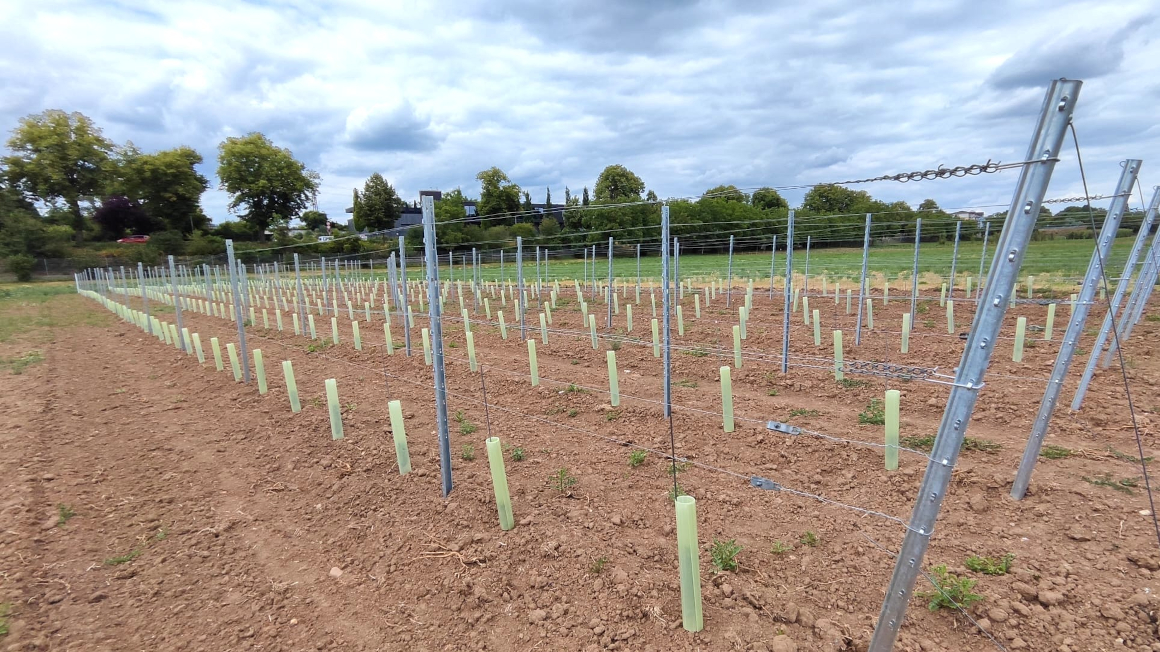Dead soil microbes influence the CO2 content
The carbon cycle in soil is significantly influenced by the way microorganisms die.

A handful of soil contains more microorganisms than there are people on earth. Bacteria, fungi, algae and protozoa make up around 70 % of the biomass and are particularly valuable for agriculture and forestry: they supply plants with nutrients, shape soil structure, improve water storage and promote plant growth. In addition, the microbial community has a decisive influence on the carbon cycle in the soil and thus on the importance of the resource as a carbon sink.
Microbial necromass in focus
Not only living but also dead microorganisms - also called microbial necromass - can have a lasting effect on the carbon content in the soil, as a team led by Tessa Camenzind at Freie Universität Berlin has discovered. The cause of death of the microorganisms has an influence on how much carbon remains in the soil, the researchers report in the journal Nature Geoscience.
What remains matters
"As grim as it sounds, knowing the cause of death of microorganisms and the processes involved is important for understanding how carbon is stored in soil and how stable this process is under different conditions," says Tessa Camenzind. It is estimated that more than half of the carbon content in soil is due to the remains of dead microorganisms. The study therefore focused on the question of how microorganisms die in the soil and what remains at the end of their lives.
According to the study, soil microbes are exposed to numerous dangers: Starvation, drought, heat and cold spells, the permanent competition for available resources, but also the release of deadly metabolites as well as predators and viruses threaten their lives. Added to this are human interventions in nature - for example through intensive agriculture, monoculture or land sealing, which have altered the natural balance in the soil.
Cause of death influences CO2 content
"In this study, we are working out what chemical changes result from these different processes to get a better picture of the composition of the microbial necromass," Camenzind added. The team found that it makes a significant difference whether a bacterium is eaten and digested by a soil animal, desiccates, is reprogrammed by a virus or is sucked out by a predatory bacterium.
Fungal hyphae add a lot of carbon to the soil
Fungal hyphae have a special influence on carbon storage in the soil. These are filamentous cells of fungi that serve to absorb nutrients and water and also form symbiotic relationships with many plants in the root zone, known as mycorrhizae. "They move through the soil by forming new hyphae and constantly leaving dead hyphae behind, which seems to add a lot of carbon to the soil," the microbiologist explains. With their study, the researchers provide important insights into the importance of microbial necromass for the carbon cycle in the soil - and above all into the role of the ecosystem as a CO2 store in the fight against climate change.
bb


